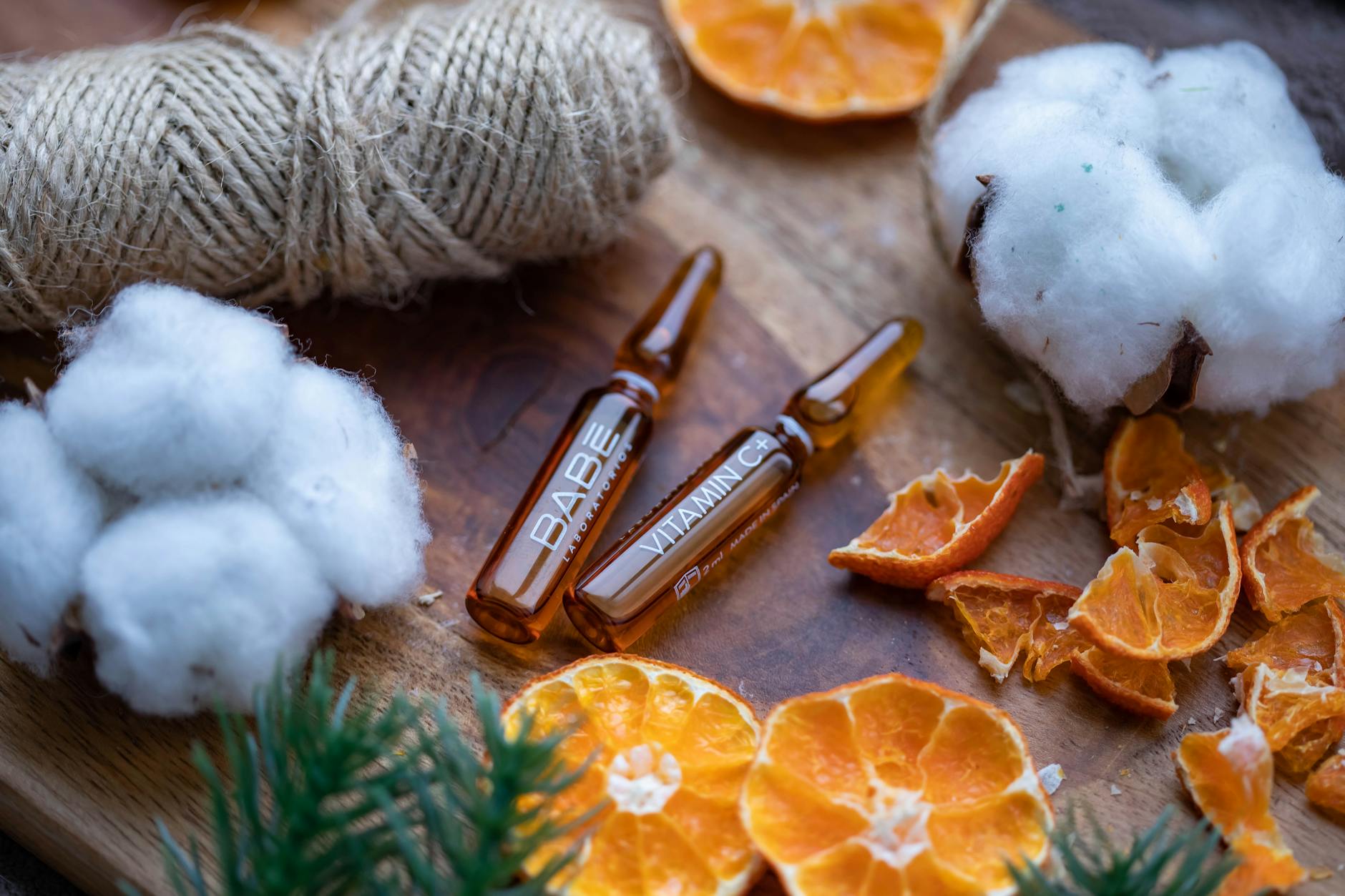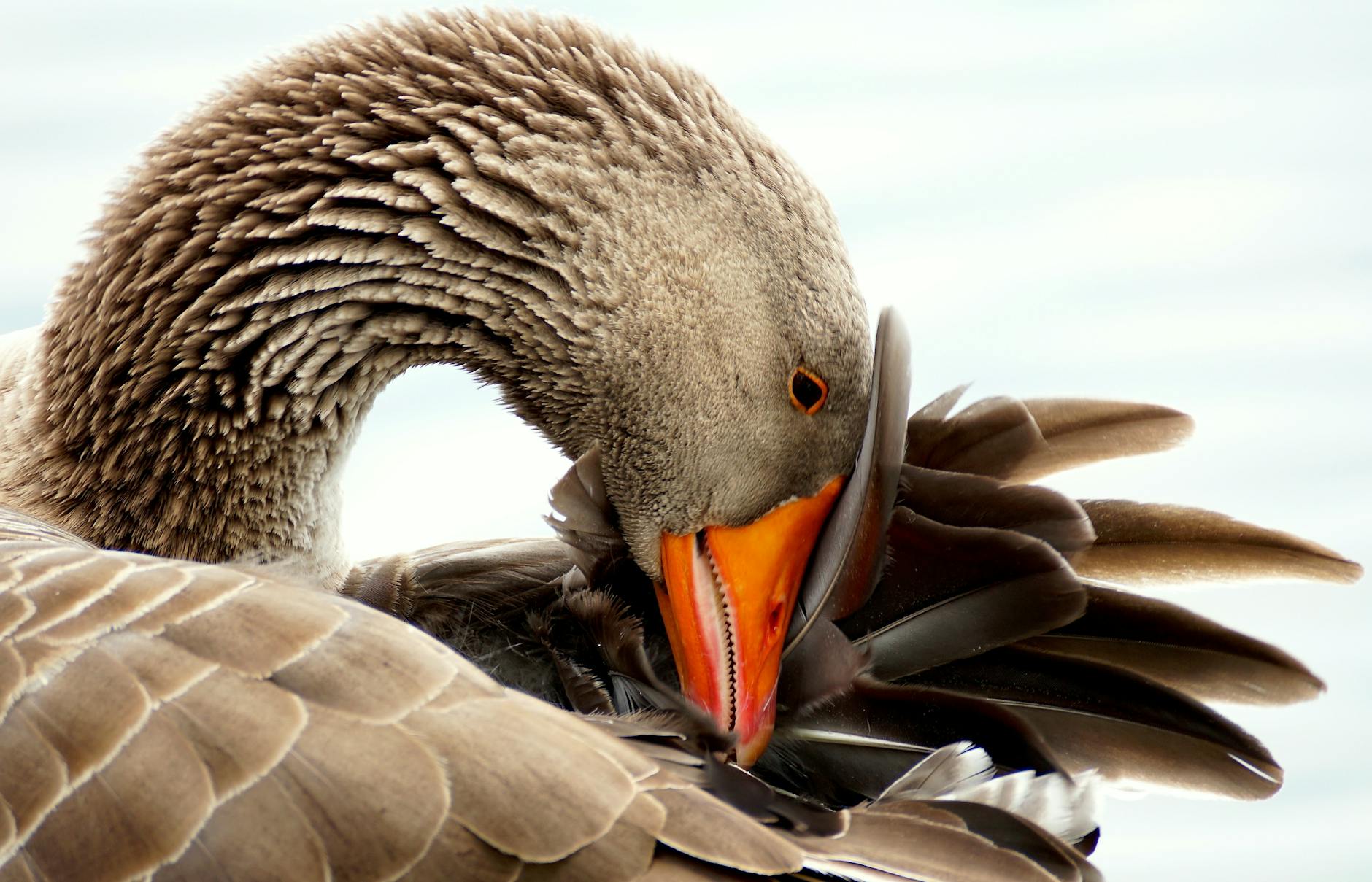Why Sunscreen Choices Matter for Adventurers in Australia

Understanding UV Exposure
Grabbing a zinc sunscreen before heading to enjoy a sun-soaked ride at Kangaroo Point Cliffs isn't just a casual tip—it's a skin-saving strategy. In Australia, our love for outdoor activities must be paired with keen sun safety awareness. The UV rays here are more than relentless beams; they're formidable forces that can damage the skin over time, causing premature aging and increasing cancer risk. But what amplifies this threat is the consistently high UV index we experience.
The UV index often soars, especially around cities like Brisbane, making sun protection imperative. Engaging in outdoor pursuits without proper measures can spell trouble. To get the best out of your time outdoors while keeping safe, here's a quick tip: always apply your sunscreen stick ahead of time, ensuring it's absorbed for optimal protection. Moreover, consider timing your activities to avoid peak UV hours, usually between 10 am and 4 pm.
It's crucial to remember that UV exposure risks are not confined to sunny days alone. Even when the skies are cloudy or during brisk morning runs, those rays can break through, unnoticed. With the right precautionary steps and a trusty sunscreen in your pocket, you can relish every moment outdoors, whether wandering the scenic trails around Mount Coot-tha or simply enjoying a stroll at South Bank Parklands.
Sunscreen Essentials
Broad Spectrum Importance
When choosing sunscreen, it’s crucial to look for a broad spectrum option. This ensures protection against both UVA and UVB rays. UVA rays are notorious for premature aging, while UVB rays can cause sunburn. With Australia’s high UV index, broad spectrum sunscreen is non-negotiable.
SPF Explained
SPF, or Sun Protection Factor, is another essential feature. For effective protection, an SPF of 30 or higher is recommended for daily use. SPF 30 blocks approximately 97% of UVB rays, whereas SPF 50 blocks about 98%. Remember, SPF is not an incremental scale; SPF 100 doesn’t double the protection.
Water Resistance Features
For those who enjoy outdoor activities at scenic locations like South Bank Parklands, a water resistant sunscreen can be a lifesaver. This feature ensures the sunscreen remains effective for a set period, even when swimming or sweating. Always check the label to know how long the protection lasts.
To keep you sun-safe during those sun-drenched rides at Kangaroo Point Cliffs, these essentials can empower you to make informed decisions. For infants or toddlers accompanying adults, don't forget to pack a baby sunscreen for extra care. Before heading out, applying broad spectrum sunscreen is as vital as grabbing your sunnies.
Choosing the Right Sunscreen
Selecting the ideal sunscreen involves considering various factors to ensure effective sun protection. A vital component of this process is understanding how different skin type requirements influence your choice. Those with oily or acne-prone skin might opt for a non-comedogenic formula, whereas individuals with dry skin may benefit from a moisturizing sunscreen. For outdoor enthusiasts, it's crucial to factor in environmental elements, like the sun-soaked trails at Kangaroo Point Cliffs, where greater exposure demands a higher SPF level.
When making your selection, don't overlook kids sunscreen options, especially when safeguarding the younger skin that you care for, such as children at school. These formulations are designed to be gentler on the skin, minimizing irritation and ensuring thorough protection.
Reapplying sunscreen is a common oversight, yet it's essential for maintaining consistent coverage. Consider setting reminders on your phone or implementing a routine that aligns with outdoor activities. During breaks or shifts in temperature, use these intervals to freshen up your sunscreen. Whether you're exploring South Bank Parklands or monitoring playtime, these habits can contribute significantly to comprehensive skin protection.
Incorporating these strategies empowers you to make informed choices about sun safety, ensuring that your selections align with both skincare needs and outdoor activities. By acknowledging environmental factors and understanding how they impact your sunscreen choice, you can foster a culture of sun safety that fits seamlessly into daily life.
Application Best Practices
Proper Application Steps
Applying sunscreen correctly is key to maximising its protective benefits. Start with a generous amount, about a teaspoon for each body part, ensuring you leave no skin unprotected. Remember to include often-overlooked areas like the tops of your ears, the back of your neck, and the tops of your feet—common spots for sunburn, especially when you're out enjoying trail walks around Mount Coot-tha.
Timing and Frequency
The timing of sunscreen application can make a significant difference. Apply at least 20 minutes before heading outdoors, allowing your skin to absorb and form a protective shield against the sun. Reapply every two hours, or more frequently if swimming or sweating. This routine is crucial when engaging in activities like sun-soaked rides at Kangaroo Point Cliffs, where both water and sweat can reduce sunscreen effectiveness.
Coverage Areas Often Missed
Frequently missed areas during application include the eyelids, scalp, and lips. A reef safe sunscreen stick can be handy for precise application on sensitive spots. For those sporting thin or no hair, don't forget to apply on the scalp or use a hat with UV protection. Lip balm with SPF is also essential to prevent sunburned lips, an often-overlooked but sensitive area. Implement these tips to ensure thorough coverage, whether you're strolling the sunlit paths at South Bank Parklands or teaching the importance of sun safety.
Avoiding Skincare Blunders
Skipping Proper Sunscreen Amounts
It's easy to misjudge how much sunscreen we truly need. Many of us apply less than the recommended amount, compromising our sun protection and leaving our skin vulnerable to sun damage. Aim for a dollop similar to a five-cent coin for your face and a shot glass amount for the body. Trust me, more is better when you’re cycling under the sun or hiking the leafy trails of Mount Coot-tha.
Overlooking Sensitive Spots
There’s nothing like a day at Kangaroo Point Cliffs to make you realise just how many sensitive areas you might be missing. Commonly missed spots include ears, the back of the neck, and the tops of feet. A handy tip: use a makeup sponge to dab sunscreen on delicate spots without making a mess. The same goes for your lips; opt for a lip balm with spf 50 tinted sunscreen for that extra sun-kissed protection.
Reapplication Underestimation
Think a single sunscreen application will cover your entire day? Think again. Whether you’re sauntering through South Bank Parklands or hosting a brunch in the sunny outdoors, reapplication every two hours is crucial. Setting a reminder on your phone can be your saving grace. Remember, even the most water resistant sunscreen needs a refresh after a dip or a sweat session.
Staying sun-smart isn’t just about slathering on any sunscreen and calling it a day. It’s about knowing how to use your products effectively to protect your skin and enhance your natural beauty when you're out enjoying sunny Brisbane.


